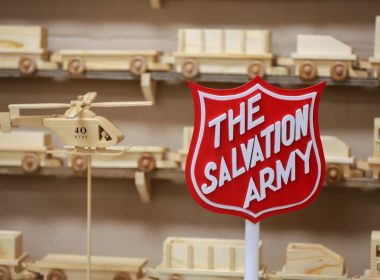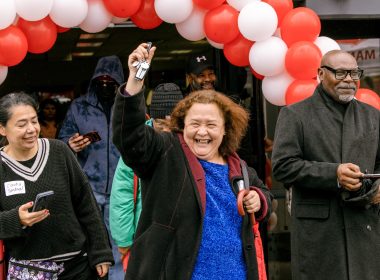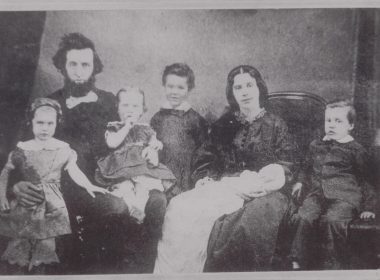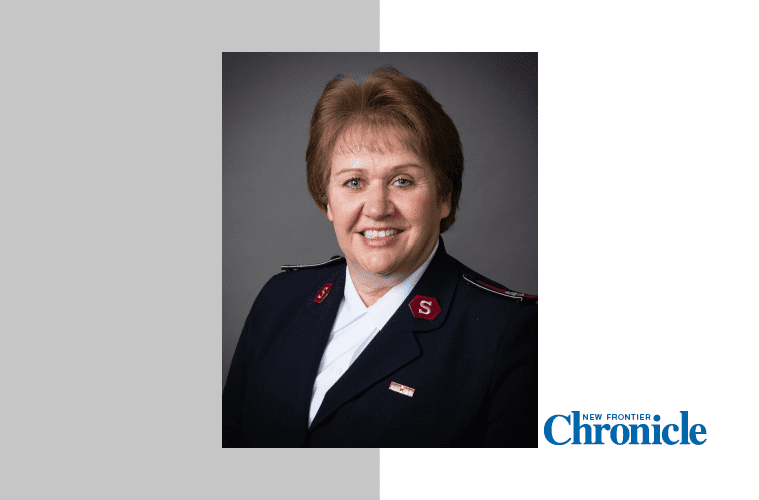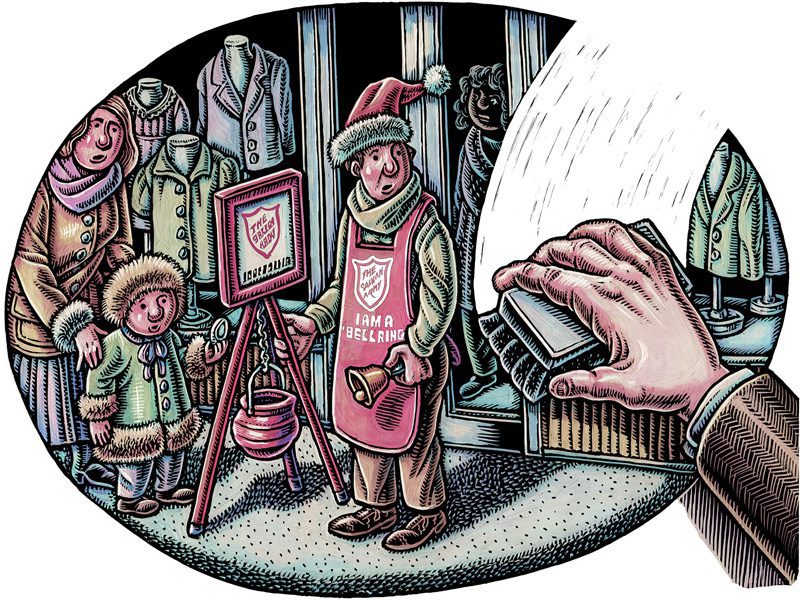By Glen Doss, Major
A burning question has come across my desk: “What has to be done to ensure the adult rehabilitation center (ARC) and corps connection is a part of the culture of The Salvation Army in the Western Territory?”
A good question! Especially since the 12-step programs of Alcoholics Anonymous and Narcotics Anonymous—enforced at the ARC—should serve as a natural bridge to the corps church. It is the 12-step program that presents addicts with a clear roadmap leading them toward an intimate relationship with God, who empowers them over their addictions.
Next the addict enquires, “Who is this God and how can I worship him?” Many who find Christ at the ARC inform me: “I would love to make my church The Salvation Army, since this is where I started my new life.” It behooves us to invite them in.
With the ARC-corps bridge in mind, Major Man-Hee Chang, ARC commander, requested the development of a unique Christ-based approach to recovery and Salvationism that targets ARC beneficiaries, alumni and others in recovery from addiction to drugs or alcohol. It may be presented at either the corps or ARC level. Successful completion may lead to the participant’s enrollment as a Salvation Army soldier or adherent.
The new program, “Called To Be God’s Own,” follows the outline of the 12 vital areas of the Army’s spiritual life highlighted by The Salvation Army’s 1999 International Spiritual Life Commission. It draws heavily on Commissioner Robert Street’s published report of the commission’s findings: “Called to be God’s People.”
Chang also inaugurated ARC 101, a one-day workshop for corps officers and others in Salvation Army ministry, which he has begun taking into the field. The workshop includes topics such as “Integrating beneficiaries and families into the corps,” “Pastoral counseling of the recovering addict,” and “What is recovery?”
Addicted to drugs and alcohol, our beneficiaries have lost all control over their lives. Finding themselves stuck, trapped in an inextricable quagmire, they come to the ARC for help.
After meeting for years with virtually every beneficiary that has checked into the Riverside ARC, I have found that over half of them are survivors of severe trauma, often from childhood, but also as a result of gang warfare or the Iraq or Afghanistan wars. They have to learn to live every day with the haunting memory of these horrors. It is our responsibility to help them find peace within themselves, without the use of drugs or alcohol.
One of the first things we do for the beneficiary in the ARC is describe the addiction cycle: 1) Pain; 2) Reaching out to an addictive agent to salve the pain; 3) Temporary anesthesia; 4) Negative consequences; and 5) Shame and guilt, resulting in more pain. A primary goal of the 12-step program, and of recovery in general, is to help the addict identify the pain driving his or her addiction, find the cause, and turn it over to God to remove it. No more pain, then no more drug-seeking.
The 12-step program is nothing if not spiritual at its core. The volume Alcoholics Anonymous, often referred to as the Big Book of AA, reads, “[We] have been not only mentally and physically ill, we have been spiritually sick. When the spiritual malady is overcome, we straighten out mentally and physically.”
We guide our beneficiaries into a new lifestyle, picking up where AA and NA leave off, showing them that this “God of their own understanding” is Jesus Christ. We take the 12-step program back to its origins. The God of the evangelical Oxford Group, AA’s forerunner, was the Trinitarian God of the Bible. AA’s cofounders, Bill Wilson and Dr. Bob Smith, were Christians.
The new program, “Called To Be God’s Own,” draws together three elements: 1) “The Commission’s Call to Salvationists,” spotlighting 12 vital areas of the spiritual life; 2) The 11 doctrines of The Salvation Army, examined in the light of their biblical basis, along with the history and structure of the Army, including a discussion of the sacraments; and 3) The 12 steps, focusing on recovery from drugs and alcohol.
We believe the secret behind the success of AA and its many spin-off 12-step programs is that the steps themselves are biblical commands spelled out in a user-friendly format. Scripture consistently stresses that obedience to God is the pathway to discipleship and spiritual growth.
The evidence is clear that if one steps out in purposeful obedience to God’s commands, then he or she will grow spiritually. Such a person, taught Jesus, “is like a man building a house, who dug down deep and laid the foundation on rock. When a flood came, the torrent struck that house but could not shake it, because it was well built” (Luke 6:48 NIV).
As we “work the steps,” we first get right with God, accepting Jesus Christ as our Lord and Savior—steps 1, 2 and 3. Next God helps us get right with ourselves—steps 4-7. Then he helps us to get right with others—steps 8-9. Steps 10-12 are beautifully crafted instruments through which God helps us monitor our hearts, keeping our walk with him active and current so that we do not fall. Above all else, guard your heart, for it is the wellspring of life, teaches wise King Solomon (Prov. 4:23 NIV).
Research has shown that the most complete recoveries have been those of individuals who had a meaningful connection to both 12-step groups and a religious community. This was eye-popping information to me.
We have much work to do; therefore, let’s get at it!

